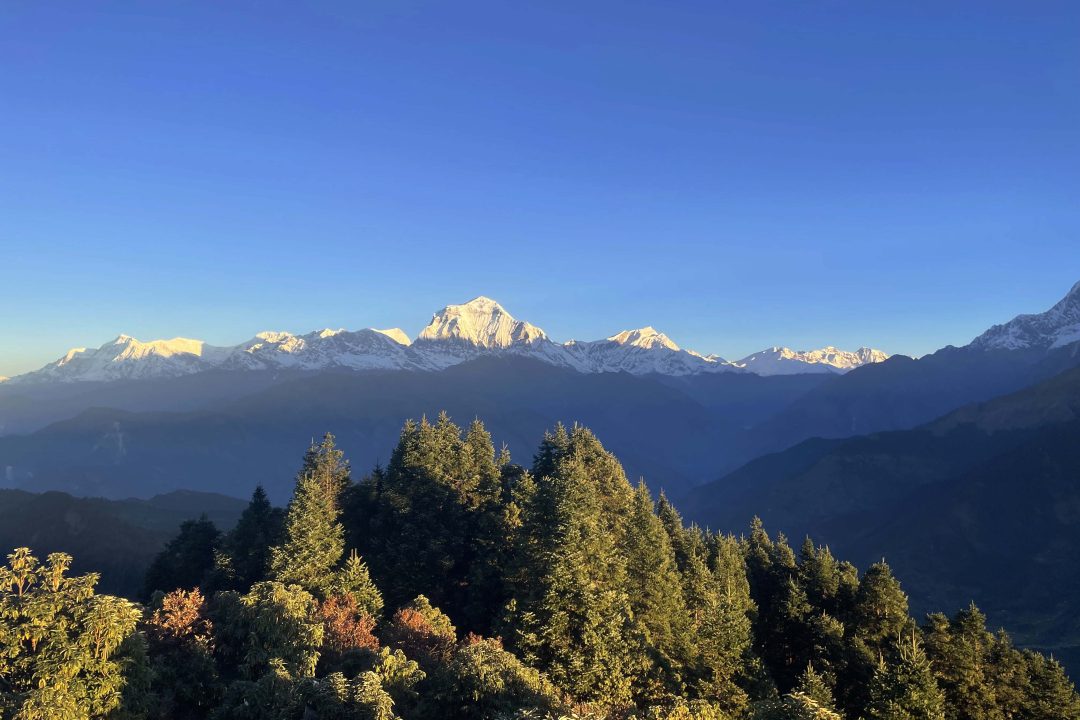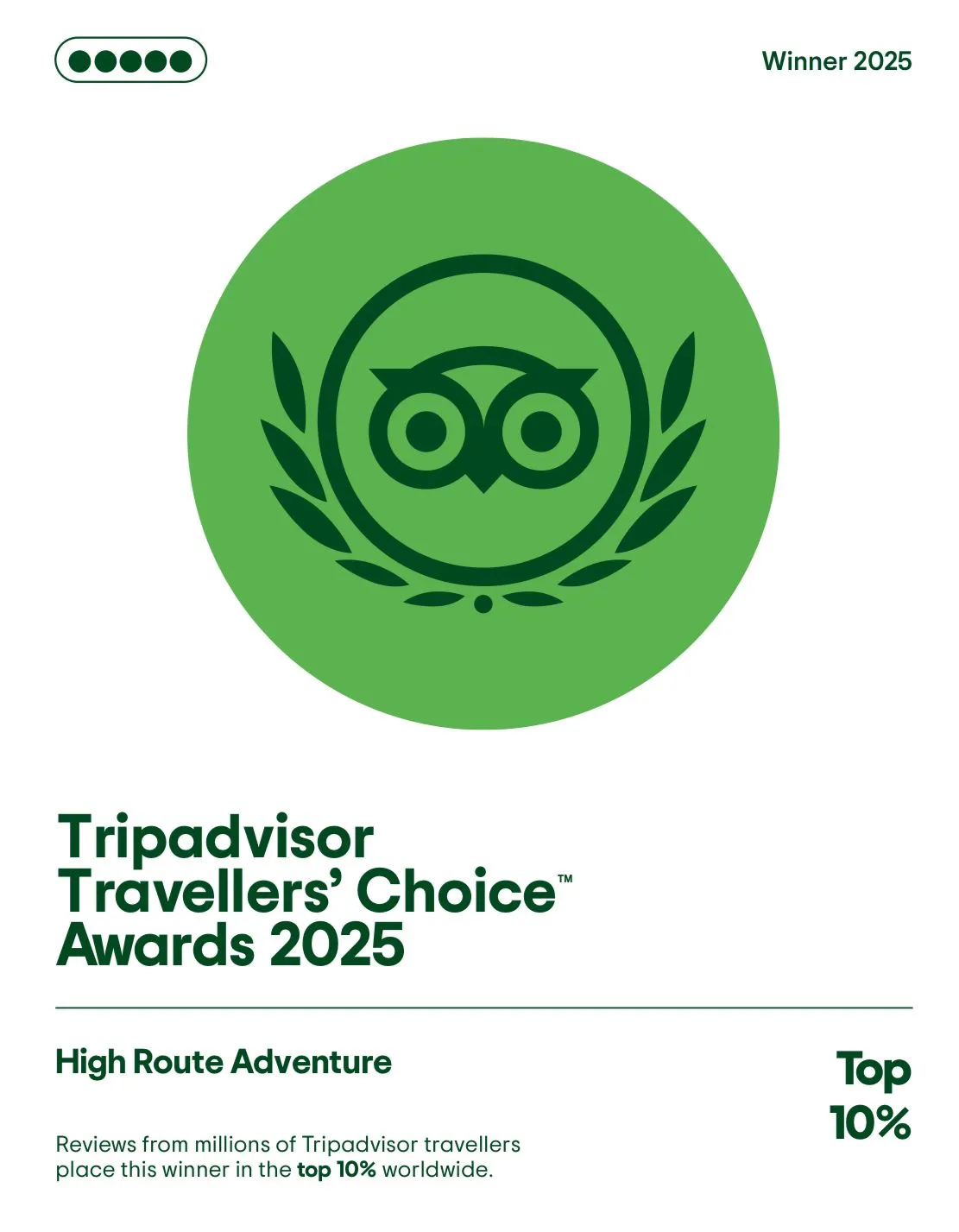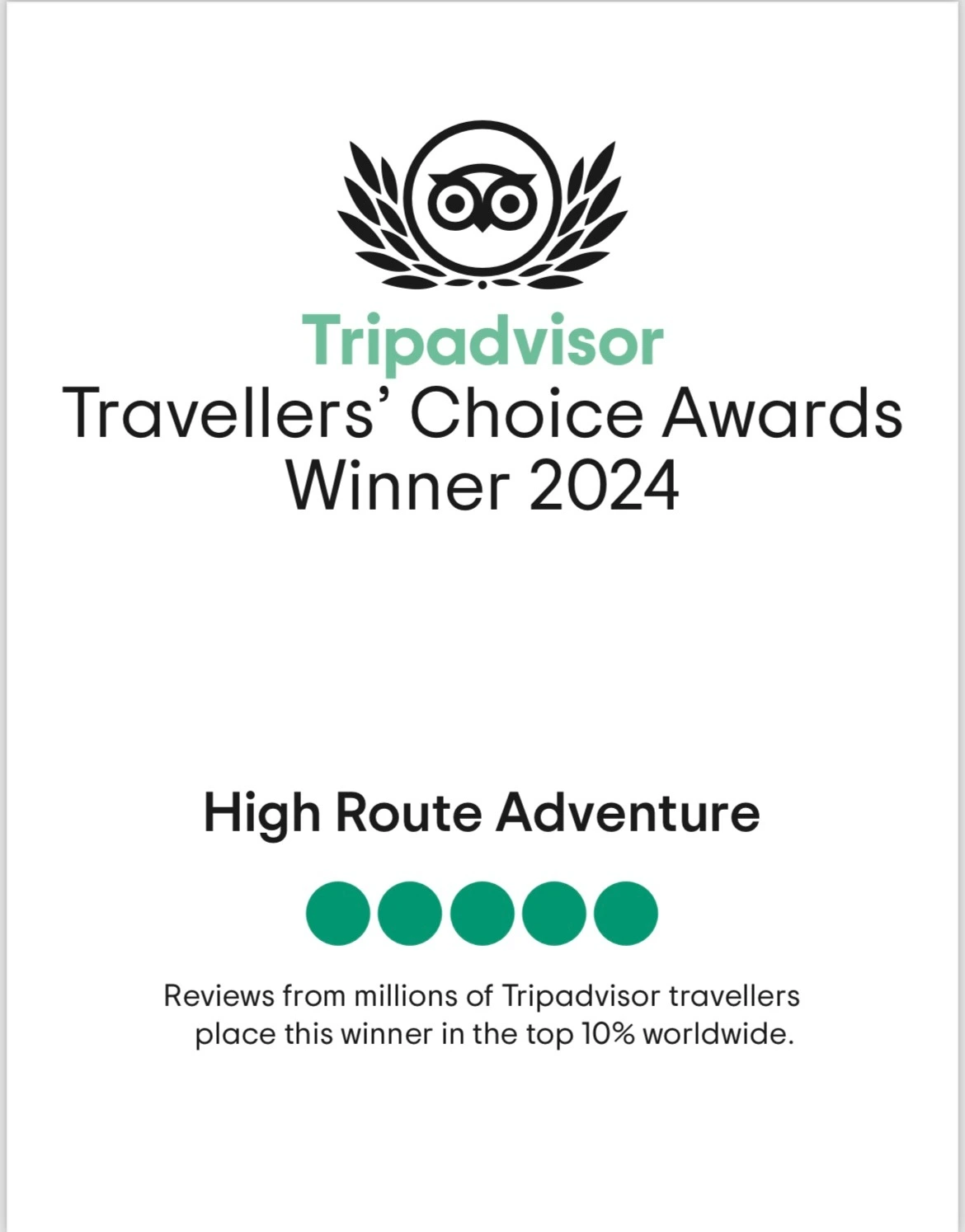How to Get a Trek Permit in Nepal 2026?

In Nepal, obtaining the TIMS card (Trekkers’ Information Management System) and trek permits are essential for trekkers. The TIMS card helps manage trekker information for safety, while the trekking permit supports local communities and conservation. These documents contribute to emergency assistance, regional development, protection, and responsible tourism, ensuring the preservation of Nepal’s natural beauty and cultural heritage.
Table of Contents
What is a TIMS card?

A TIMS card, the “Trekkers’ Information Management System” card, is an official document issued by the Nepal Tourism Boards and the Trekking Agencies’ Associations of Nepal (TAAN).
It is a mandatory permit for individuals who wish to undertake trekking activities in various trekking regions of Nepal. The primary objective of the TIMS card is to guarantee the safety and security of trekkers while aiding in the management of trekking activities in Nepal.
The fees for TIMS cards vary based on the type of trekker and the group size. Please find the breakdown of TIMS card fees below:
SAARC Nationals: NPR 1,000 per person
Non-SAARC Nationals: NPR 2,000 per person
Important Note: Before embarking on your trek, please check with the official sources or local authorities for the most up-to-date information on TIMS card fees.
Where to obtain a TIMS Card?
You can obtain the TIMS Card in Nepal from the following places:
Kathmandu: You can visit either the Nepal Tourism Board (NTB) office or the Trekking Agencies Association of Nepal (TAAN) office in Kathmandu to obtain your TIMS Card.
Pokhara: If you are trekking in the Annapurna region and starting from Pokhara, you can obtain the TIMS card from the TAAN office in Pokhara.
When obtaining a TIMS Card, you generally need to provide the following documents:
- Passport copy
- Passport-sized photographs
- Trekking itinerary and details
Process of obtaining TIMS Card in 2026
With the new provision 2026 for trekking in Nepal, you must contact a government-registered trekking agency to arrange the trekking guide and TIMS card.
Here is the general process for obtaining a Trekking Information Management System (TIMS) card in Nepal:
Step 1: Choose your route and trekking agency
Firstly, decide on your trekking route and check whether the route requires a trekking guide and a TIMS card. If yes, then select the trekking agency you want to plan your travel. Then, they will handle the TIMS card application process for you.
Kindly visit the Nepal Tourism Board website to confirm whether your chosen trekking route requires TIMS card or not.
Step 2: Gather the required documents
- Passport: Carry a photocopy of your passport (main page with your details and photo), and for verification, get the original passport too.
- Passport-sized photos: Prepare a few passport-sized photos, as you must attach one to your TIMS card application.
Step 3: Fill out the TIMS application form
A trekking agency will assist you in filling out the form.
Step 4: Choose the TIMS category
Decide whether you are a foreign national from a SAARC country (South Asian Association for Regional Cooperation) or a non-SAARC country.
Step 5: Submit documents and pay the fee
On your behalf, your trekking agency will submit your completed application form, photocopy of your passport, passport-sized photos, and the required fee.
Step 6: Receive your TIMS card
- You will receive your TIMS card once your application is reviewed, and the fee is settled.
- This card should be carried with you throughout your trek, as it may be checked at various checkpoints along the trail.
Important Note: Please remember that procedures and requirements can change, so it’s crucial to verify the latest information from official sources, your trekking agency, or the Nepal Tourism Board before starting your trek.
Other Trek Permits in Nepal
Apart from the TIMS card, there are several other trekking permits that you might need depending on the specific route and region you plan to trek in Nepal. These permits are often required to regulate and manage trekking activities while supporting local communities and conservation efforts. Here are some of the other trekking permits you might encounter:
Restricted Area Permit (RAP)
Restricted trekking permits are mandatory for specific regions in Nepal to preserve culture and environment and manage tourism impact. These permits regulate access, ensuring sustainable trekking while supporting local communities.
Where to obtain a restricted area permit?
Restricted area permits can be obtained from the Department of Immigration in Kathmandu, Nepal. However, these permits are typically secured through registered trekking agencies, which facilitate the application process for trekkers.
How to obtain a restricted area permit in Nepal?
Here’s the process of obtaining a restricted area permit in Nepal:
- Choose a registered trekking agency experienced in the specific region.
- Plan your trek route and itinerary.
- Submit required documents like passport copy, visa, photos, and trek itinerary to the agency.
- The agency applies for the permit on your behalf at the Department of Immigration in Kathmandu.
- Wait for permit approval, usually a few days.
- Pay the permit fee to the trekking agency upon approval.
- Receive the permit from the agency.
- Keep the permit with you during the trek for verification.
- Verify the process with your agency or official sources, as rules might change.
Here is the list of the table below listing names of restricted regions along with permit fees:
| Restricted Trekking Region | Permit Fee (in USD) |
| Upper Mustang | USD 500 per person (initial ten days) USD 50 per person per day (beyond ten days) |
| Manang (Nar and Phu Valley) | September – November USD 100 per person per week USD 15 per person per day (beyond one week) December – August USD 75 per person per week USD 15 per person per day (beyond one week) |
| Upper Dolpo | USD 500 per person (initial ten days) USD 50 per person per day (beyond ten days) |
| Lower Dolpo | USD 20 per person per week USD 5 per person per day (beyond one week) |
| Gorkha Manaslu Area | September – November USD 100 per person per week USD 15 per person per day (beyond one week) December – August USD 75 per person per week USD 10 per person per day (beyond one week) |
| Gorkha Tsum Valley Area | September – November USD 40 per person per week USD 7 per person per day (beyond one week) December – August USD 30 per person per week USD 7 per person per day (beyond one week) |
| Humla | USD 50 per person per week USD 10 per person per day (beyond one week) |
| Solukhumbu (Thame and Tashi Lapcha Area) | USD 20 per person per week (initial four weeks) USD 25 per person per week (beyond four weeks) |
| Rasuwa (Rasuwaghat and Thuman Area) | USD 20 per person per week |
| Dolakha (Lapche Valley and Tashi Lapcha Pass) | USD 20 per person per week |
| Bajhang (Mount Saipal Area) | USD 90 per person per week in the initial first week USD 15 per person per day (beyond one week) |
| Mugu (Mugum Karmarong Rural Municipality) | USD 100 per person per week USD 15 per person per day (beyond one week) |
| Sankhuwasabha (Makalu Area) | USD 20 per person per week (initial four weeks) USD 25 per person per week (beyond four weeks) |
| Darchula (Api and Nampa Himal Area) | USD 90 per person per week USD 15 per person per day (beyond one week) |
| Taplejung (Olangchung Gola and Kanchenjunga) | USD 20 per person per week (initial four weeks) USD 25 per person per week (beyond four weeks) |
National Park Permit
National Park permits are essential for accessing protected areas in Nepal. There are 12 national parks, one hunting reserve, and one wildlife reserve. They support conservation efforts, regulate entry, and contribute to local community development.
The Department of National Parks and Wildlife Conservation (DNPWC) monitors and issues all these permits.
Where to purchase your entry permit?
You have several options for obtaining the national park entry permit:
- At the entrance gate of the respective park.
- Secure it online through the national park’s official website.
- Acquire it from the tourist service center situated in Kathmandu.
What’s required to obtain a National Park Entry Permit?
You’ll need the following information:
- A detailed trek itinerary.
- Dates of entry and exit from the national park.
- Tour operator’s name and address.
- Trek guide’s name and contact information.
Here is a table listing national park regions along with their permit fees:
| National Park Region | Per Person (in NPR)- Nepal Citizens | Per Person (in NPR)- SAARC Nationals | Per Person (in NPR)- Foreign Nationals | Children Below 10 Years |
| Sagarmatha National Park | 100 | 1500 | 3000 | Free |
| Langtang National Park | 100 | 1500 | 3000 | Free |
| Rara National Park | 100 | 1500 | 1300 | Free |
| Chitwan National Park | 150 | 1000 | 2000 | Free |
| Khaptad National Park | 100 | 500 | 1500 | Free |
| Bardia National Park | 100 | 750 | 1500 | Free |
| Banke National Park | 100 | 750 | 1500 | Free |
| Makalu-Barun National Park | 100 | 1500 | 3000 | Free |
| Shey-Phoksundo National Park | 100 | 1500 | 3000 | Free |
| Shivapuri Nagarjun National Park | 100 | 600 | 1000 | Free |
| Shuklaphanta National Park | 100 | 750 | 1500 | Free |
| Parsa National Park | 100 | 750 | 1500 | Free |
| Dhorpatan Hunting Reserve | 100 | 1500 | 3000 | Free |
| Koshi Tappu Wildlife Reserve | 100 | 750 | 1500 | Free |
Conservation Area Permit
Conservation area permits are required for entering specific conservation areas in Nepal. These permits contribute to preserving biodiversity, supporting local communities, and managing tourism impact.
The National Trust for Nature Conservation (NTNC) issues these permits, and they can be obtained at the NTNC permit counter within the Nepal Tourism Board office at Bhrikuti Mandap.
Where to obtain your conservation area entry permit?
You can secure a conservation area entry permit from the following places:
- The tourist service center is located in Kathmandu.
- The Department of National Parks and Wildlife Conservation in Kathmandu.
What’s required to acquire a conservation area entry permit?
You will need the following information and documents to obtain the conservation area entry permit:
- A detailed trek itinerary
- Dates of entry and exit from the conservation area
- Tour operator’s name and address
- The trek guide’s name and contact information
- Two passport-sized photographs
Here’s a table listing conservation area regions along with their permit fees:
| Conservation Area Region | Per Person (in NPR)- Nepali Citizens | Per Person (in NPR)- SAARC Nationals | Per Person (in NPR)- Foreign Nationals | Children Below 10 Years |
| Annapurna Conservation Area | 100 | 1000 | 3000 | Free |
| Gaurishankar Conservation Area | 100 | 1000 | 2000 | Free |
| Manaslu Conservation Area | 100 | 1000 | 3000 | Free |
| Kanchenjunga Conservation Area | 100 | 500 | 3000 | Free |
| Api Nampa Conservation Area | 100 | 500 | 2000 | Free |
| Blackbuck Conservation Area | 100 | 500 | 2000 | Free |
Khumbu Rural Municipality Trekking Permits
When trekking in the Everest region, like on the Everest Base Camp (EBC) Trek or Gokyo Lake Trek, you must get a special permit called Khumbu Pasang Lhamu Rural Municipality Permit. If you are flying to Lukla, you can get this permit when you arrive there. But if you are doing the Everest Base Camp trek starting from Jiri or Salleri by road, you can get the permit at the Sagarmatha National Park Counter.
Please note that you can’t get this permit from other offices in Kathmandu.
For foreigners, including those from SAARC countries, the permit costs NPR 2,000 per person for the first four weeks. After those four weeks, it goes up to NPR 2,500 per person, including taxes. You will need to have your passport with you to get this permit.
Posted on








